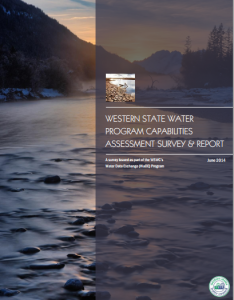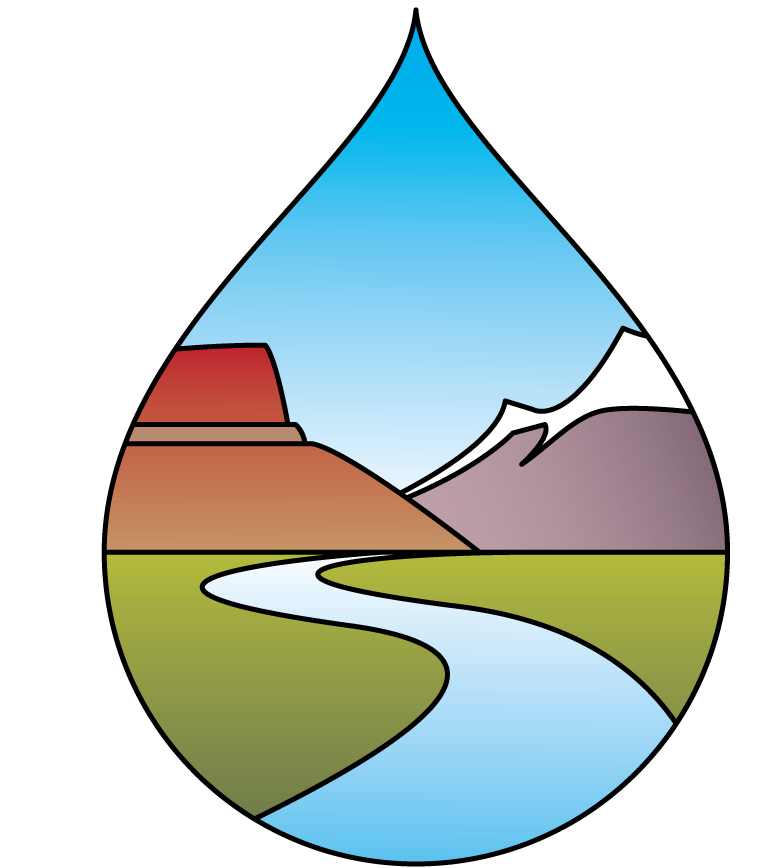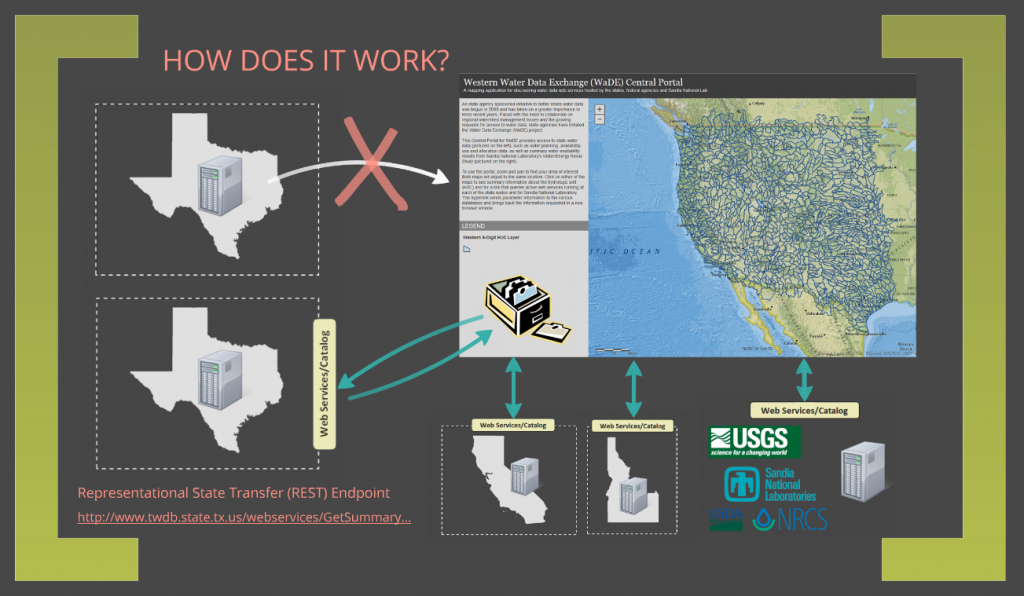WaDE 2015 UPDATED FACTSHEET
The “Energy and Water in the Western and Texas Interconnects” study highlighted the difficulty accessing and creating comparable metrics from state water agency data related to water administration and planning. To address this, and to create a framework where states could share data with each other and the public in a more streamlined and cost-effective way, the WSWC initiated the Water Data Exchange or WaDE project. WaDE seeks to provide better access to water allocation, supply, and demand data that are maintained by state and other governmental agencies. Through collaboration with WestFAST, the WSWC will also work with the various federal agencies that comprise WestFAST to develop standard methods for accessing federal data that support state-federal planning efforts and are important components to water supply estimates.
GOVERNANCE
WaDE is governed by the WSWC’s Water and Information Subcommittee (WIDS), comprised of members within WSWC that have a strong interest in water planning and water use data. To address different facets of the WaDE effort, the WIDS subcommittee assisted in convening four workgroups:
- State Capabilities Assessment Workgroup: This workgroup was charged with evaluating the capabilities of the western states with respect to water allocation, supply, and demand data.
- Methods Workgroup: This workgroup was focused on evaluating the existing science for estimating water availability and consumptive use. They cataloged and document the states’ methods and identified gaps and needs for further science and new methodologies for estimating water availability and consumptive use.
- Data Exchange Template (Schema Development) Workgroup: This workgroup worked to identify the basic data elements necessary for exchanging data. Using the agreed upon target data elements, they also developed a data exchange schema (a standard format using eXtensible Markup Language (XML) for transferring data).
- Data Exchange Methodology Workgroup: This workgroup reviewed the existing field of data exchange technologies. They evaluated existing state, federal, and academic data exchange collaborations and make recommendations as to what approach should be taken.
To find workgroup meeting information and to review workgroup deliverables please see the WaDE “Governance” webpage.
STATE PROGRAMS

Because of spatial, temporal, and methodological differences used by the states, the data shared in WaDE do not present a regional, comparable picture of water supply and use in the West. Now that data are flowing within the WaDE Portal, the WSWC and its member states can begin to address how to migrate state agency workflows to include more similar products. They can also begin to make recommendations on policies and procedures that will need to be put into place within their states to support such an integrated, westwide view of water.
WaDE IT COMPONENTS
Using the WaDE framework, data are not transferred to a central repository, but instead remain within their state’s home IT environment or on a “cloud” application. A listing of the data housed by each state is provided via a “Central Catalog.” Once the desired dataset is identified, the data are retrieved using web services and returned to the user in tables and charts, or the underlying interoperable data (using eXtensible Markup Language (XML)) can be automatically downloaded or pulled into models and spreadsheets.
The IT components for WaDE include databases, web services code, and a map interface for data discovery. To learn more about these, and to review the WaDE data schema files and data dictionary, please see the WaDE “Draft Items” webpage.
For more information:

